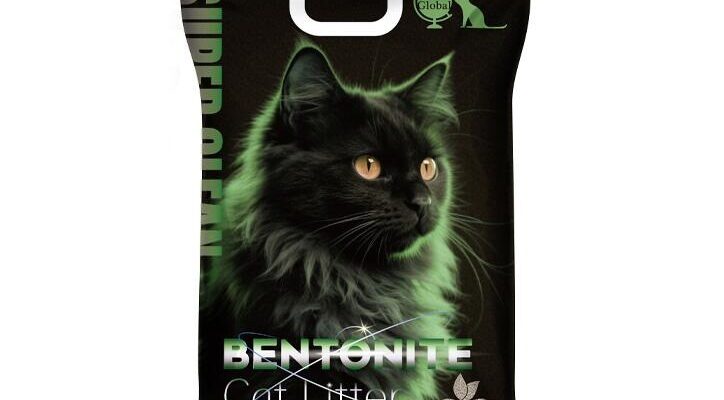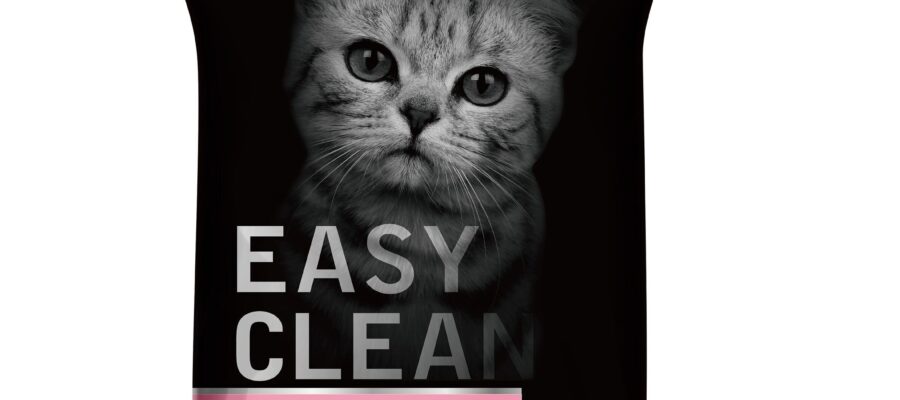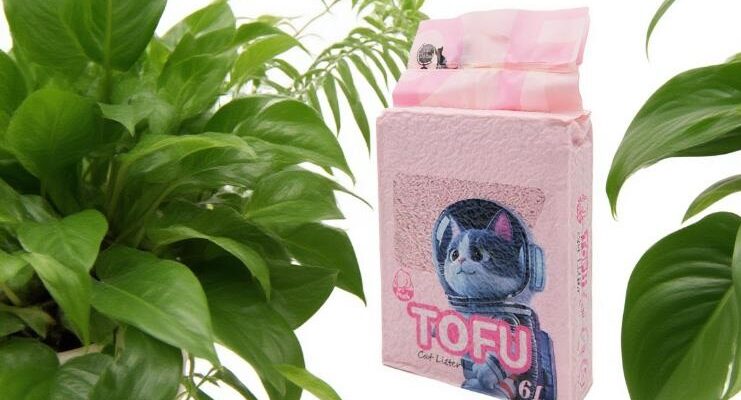Quickly Help You Know the Benefits of Bentonite Cat Litter
Bentonite cat litter is ideal for natural cat litter. The characteristics of the materials are such that they have high absorption, natural odor control, instant & strong clumping, safe & hygienic and low dust & no waste materials.
It makes sense for environmentally conscious cat owners to expect their litter to be made from natural products that do not pose a potential health hazard to them or their beloved pet.
Many mass-market cat litters contain high levels of silica dust, which has been linked to upper respiratory problems in cats and even humans.
Also, many cat litter chemicals are toxic to cats.
Bentonite clay is “clumping” cat litter. The fact that this type of clay can swell up to 15 times its original volume when a cat urinates or defecates into it makes it an excellent cat litter substrate, as waste clumps can be scooped out and filled in without changing the entire litter box.
A better original recipe for congealing cat litter is a soft clay litter that is soft on the paws. Superior plexus for easy cleaning, while natural cat attractants help train kittens to use litter boxes. Because cat litter is fragrance-free, it’s perfect for scent-sensitive cats. Some cat owners have a need for fragrance, can put some food-grade essence, to meet the requirements of different fragrances.
A natural product comprised of Fullers Earth (also commonly known as Bentonite, or Montmorillonite). This heavyweight, naturally clumping litter prevents moisture from collecting on the bottom of the tray where it can decompose and cause odors. The hard clumps that form allow you to scoop out waste easily, leaving a fresh, clean tray. This unscented litter locks odors away without using a perfume cover-up scent or any added chemicals. High absorbency (100% of weight).
How cat litter absorbs pet waste?
After reaching the saturation point, the litter should be replaced and the box should be cleaned. The whole process takes about a week, assuming you use a standard-sized litter box filled with a few inches of litter, according to the American Society for the Prevention of Cruelty to Animals.
In theory, a box full of congealed trash requires less cleaning than a box full of uncongealed clay. A good rule of thumb is to scoop up the box every day, add trash to maintain a relatively constant depth, and completely replace the trash, cleaning the box every two to four weeks. However, much depends on your cat’s habits. Generally, if the cat box stinks, clean it up.
Clumping litter is also capable of absorbing more of an animal’s waste than traditional litter, says the American Chemical Society. But don’t let the higher absorption abilities wow you into disregarding other factors in the litter decision-making process. The most important consideration in choosing a litter should be your cat’s individual preference。
Which cat litter is best for your cat?
The best way to determine which trash is best is simply to give your pet a choice. Try one by one to see which works best; You can save yourself some trouble by buying three or four varieties at a time and taking a trash preference test. To do this, fill several litter boxes with different nests, line them up, and see which one your pet likes best. Chances are he’ll try everyone, but only pee in his favorite cat litter.
Once you’ve decided which litter your cat likes, it’s important to stick with it. Most cats don’t like to change their daily life.
How do I change the litter?
Maybe one day you’ll have to change your litter brand, maybe out of necessity. This can be a dangerous thing to do, given that felines are among the most finicky animals on earth. Not only will your cat not like the new box you’ve chosen for him, but he’ll also express his displeasure in a very confusing way. To avoid this, follow these simple steps:
– only put in a small amount (about 10%) of new litter and mix it with existing breeds.
– gradually increase the ratio of new products to old products over several weeks.
– watch your cat closely for signs of reluctance or anxiety.
The most important features include:
- Odor Control: Keeping the smell of cat waste under control is at the top of any cat owner’s wish list. It’s important for cats as well. Bentonite cat litter has super high odor control capability
- Good Clumping: Many cat owners prefer clumping litters, which combine with cat urine to form hard lumps that can be scooped out. Clumping litters generally control odor better than non-clumping ones, and the stronger their clumping power, the less odor there is.
- low dust: One of the advantages of agglomerated cat litter is that it reduces dust. It will quickly agglomerate when encountering water, which reduces the probability that the cat will take out the litter.
- Reasonable cost: The main reason bentonite is so popular is that they are usually much cheaper than other types. It’s also used in a way that saves on litter.
Now It’s Your Turn
I hoped you enjoyed my detailed information for the bentonite cat litter.
Now I want to hear from you:
Which parts from this post are you most excited to know?
Are you going to know more about cat litter?
Let me know by leaving a quick comment.





